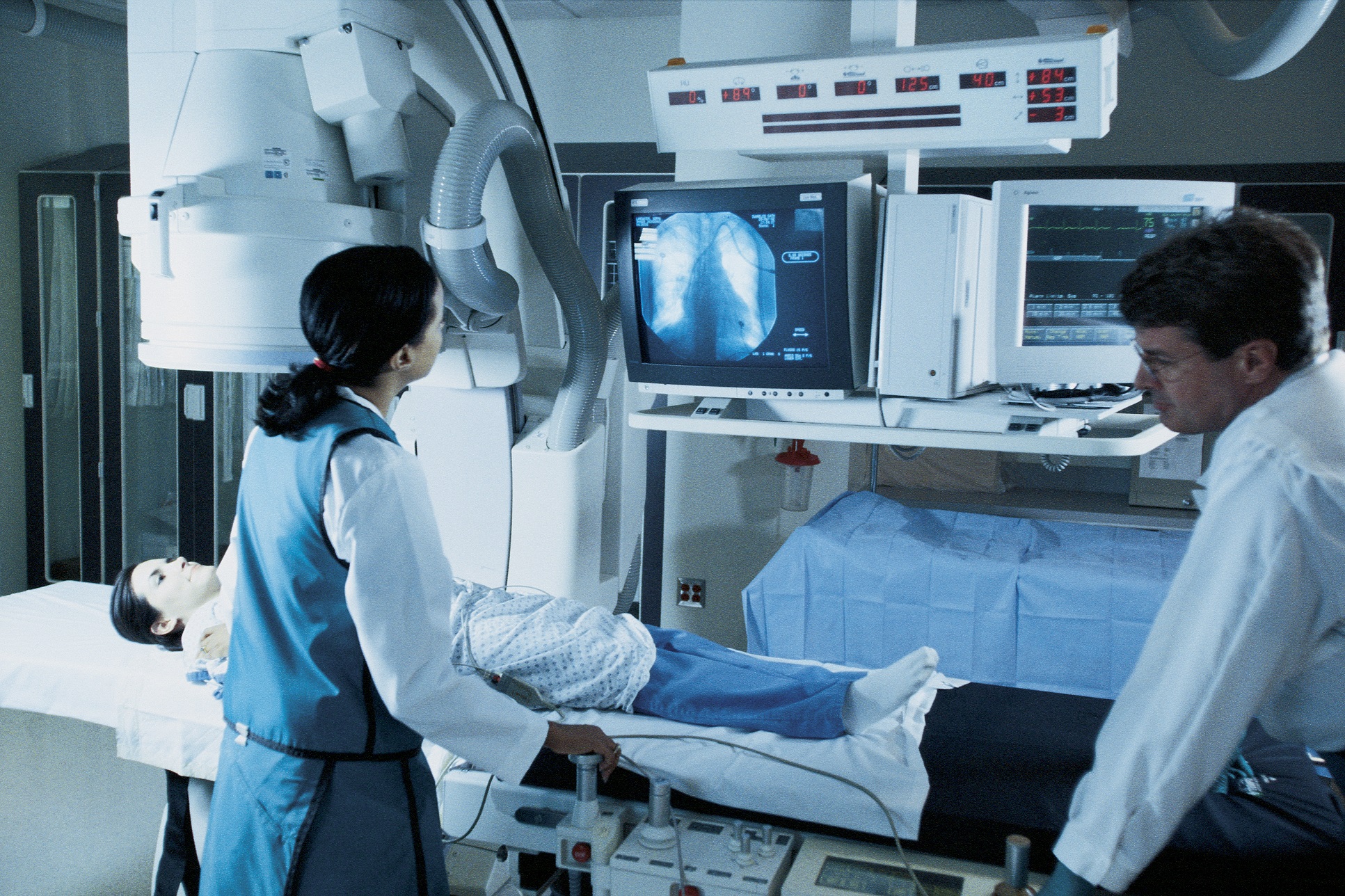Engaging in medical device product development requires establishing and documenting design controls. The FDA requires design controls for almost all medical devices (except for a select few Class I devices). The very foundation of design controls is the user’s needs as they start the design control process and are required to complete verification and validation of the finished device.
Defining user needs helps prevent drift in the design controls process by helping to focus on the development of the product specifically for the specified user needs. Here are some tips that may help when trying to determine your user needs:
- Start with high-level speculations about user needs. However, it’s essential to continue digging deeper into the user group and understanding what the user wants.
- Research. Journal articles, analysis of existing products, academic studies, and interviews are great ways to investigate the user requirements.
- Document! Documentation of clearly defined user needs is a requirement for design controls and helps further along when user needs are translated into design inputs.
The user needs are developed first and then translated into design inputs, design processes, and design outputs. The reasoning behind creating user needs first and building off of them for the entire design controls process is to have the ability to prove the medical device does what it claims to do and is suitable for the intended purpose. As a part of documenting the user needs, it is also imperative to define both the intended use and the indications for the use of the medical device.
- Indications for use: describe the specific purpose of the device and what it primarily does.
- Indications for use include outlining the situations, diseases/conditions, or circumstances where the product may be used.
User Needs are usually determined first and then translated into the necessary design inputs. It is imperative to decide what the user needs for the specific device during this translation, as this will be the design input. The design input needs to be precise and have clear details on how the device will end. For help with design controls or other QMS or regulatory projects, EMMA International can help. Contact us today at 248-987-4497 or info@emmainternational.com.





